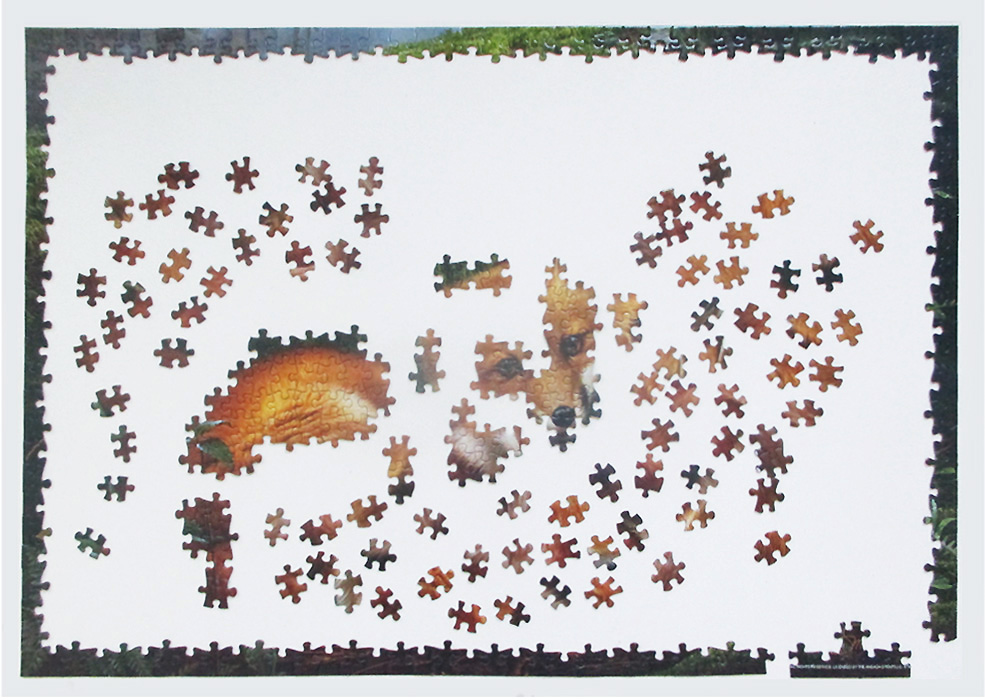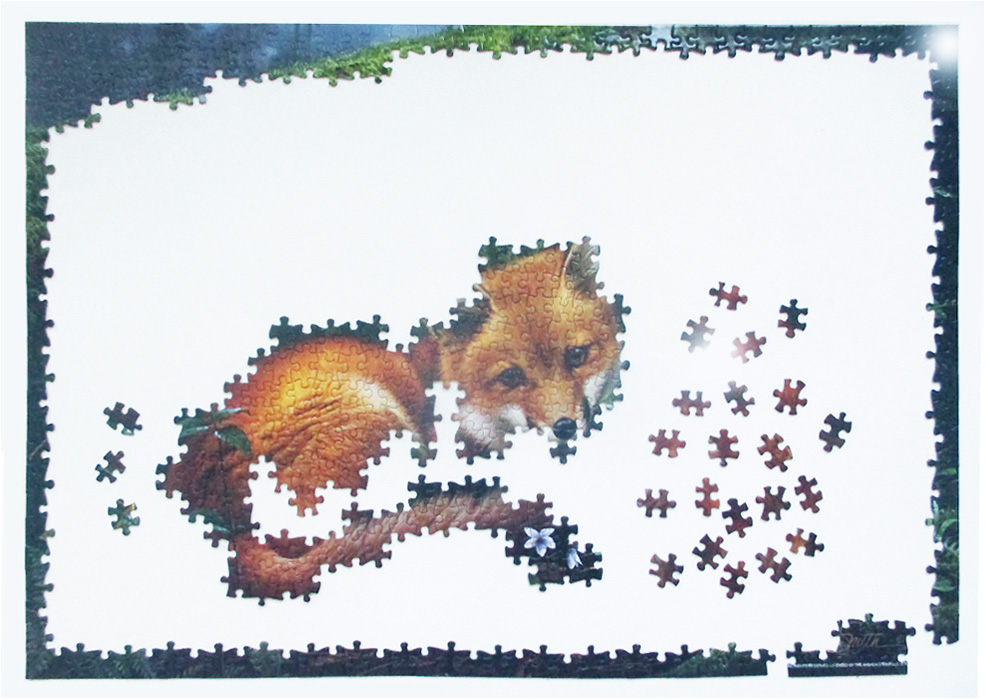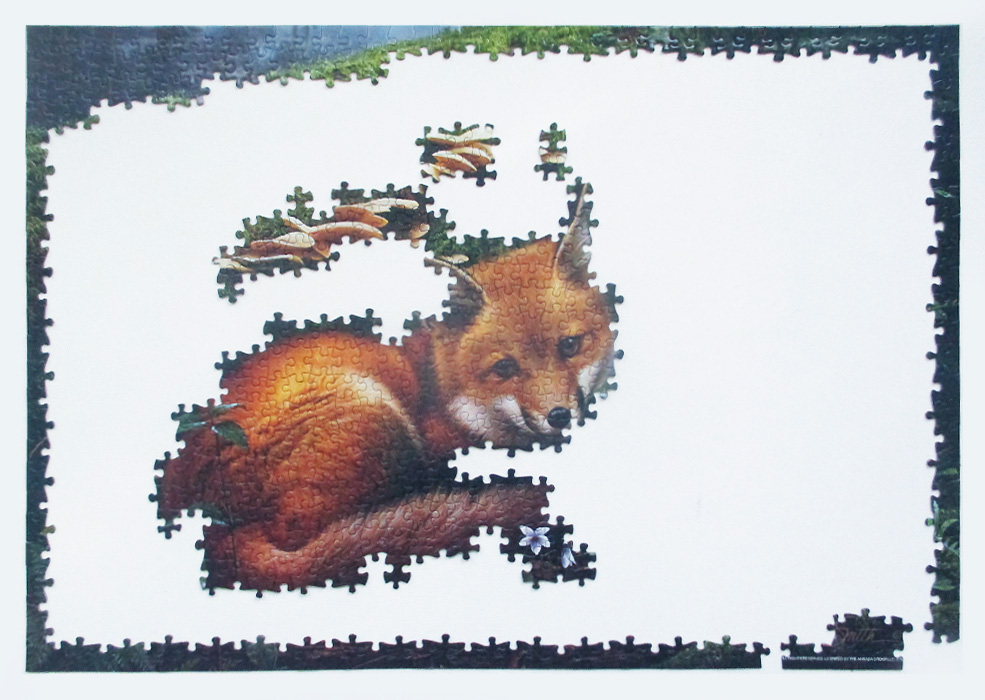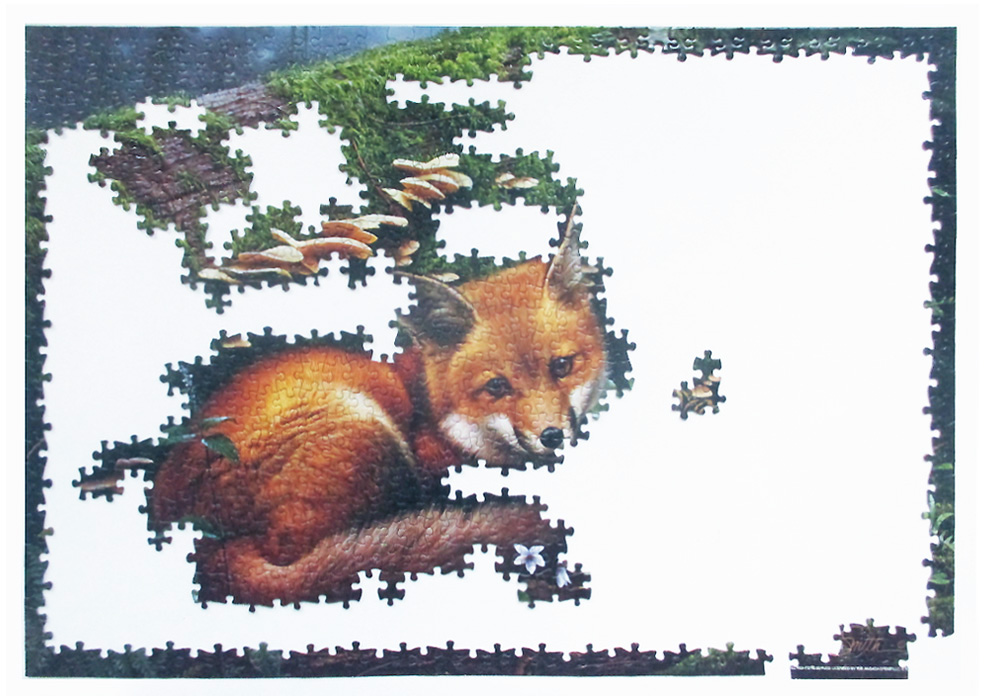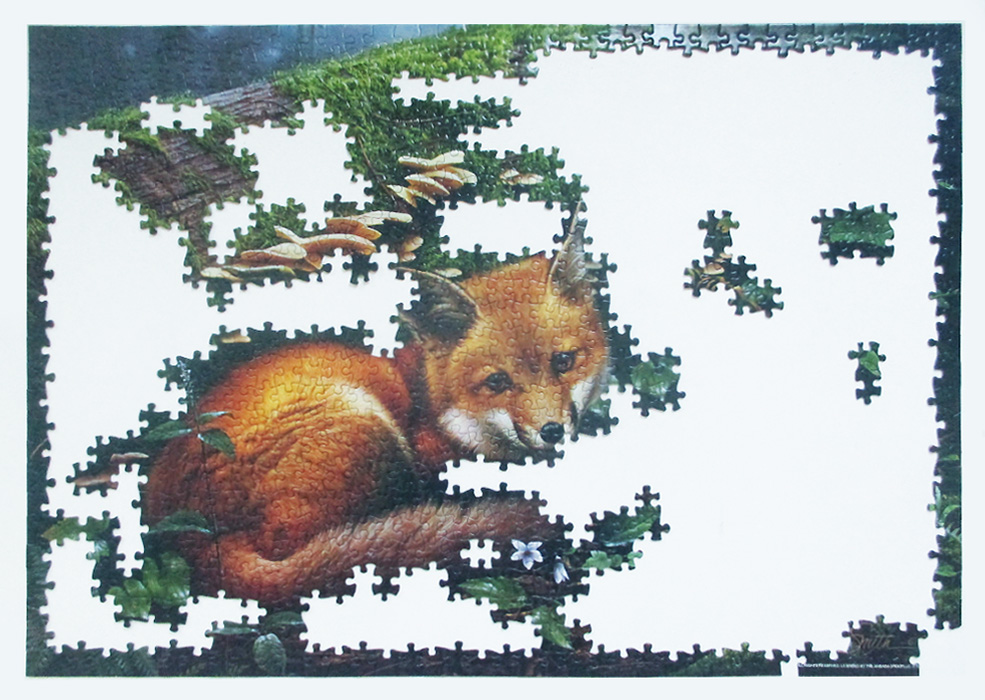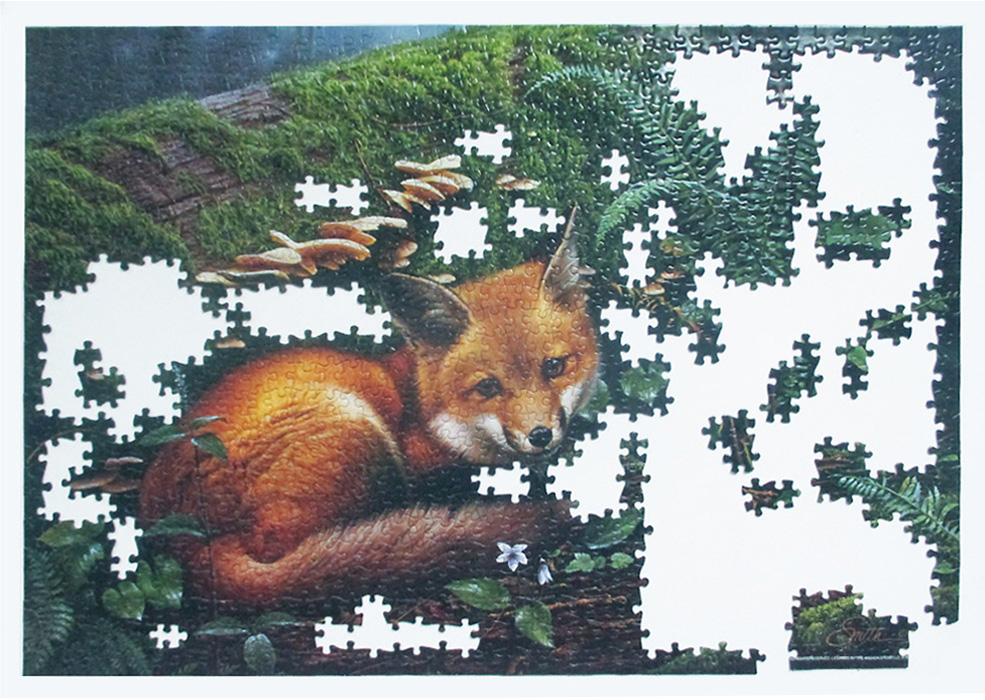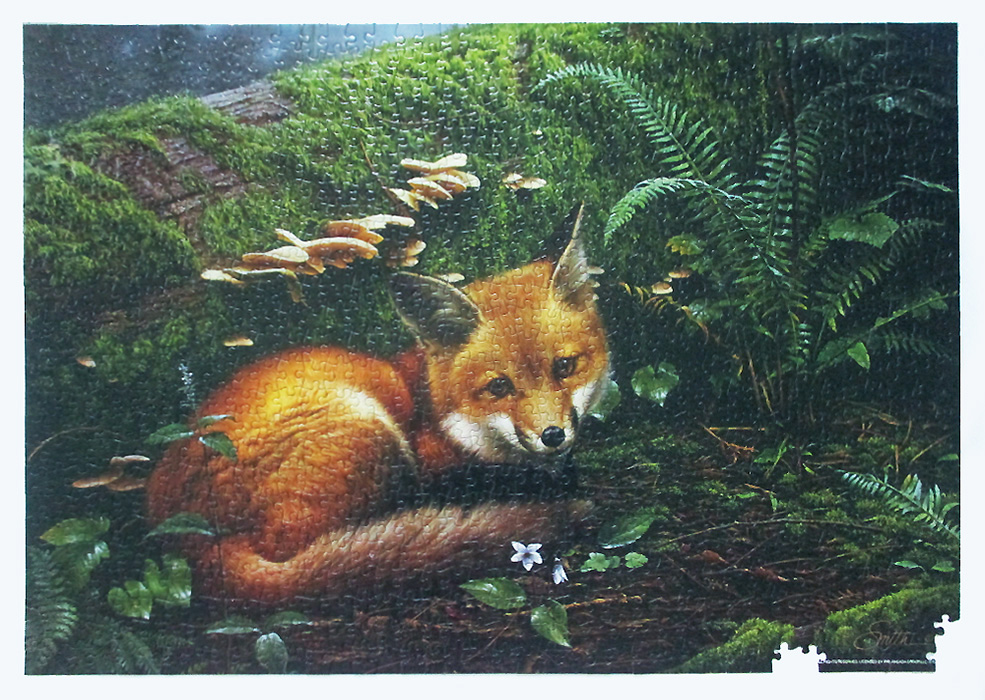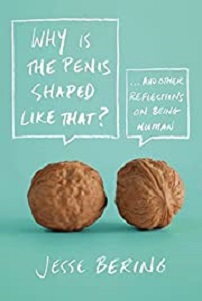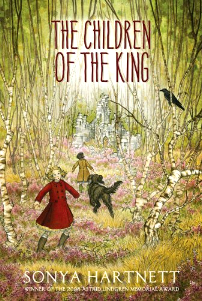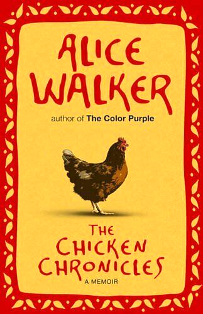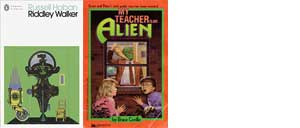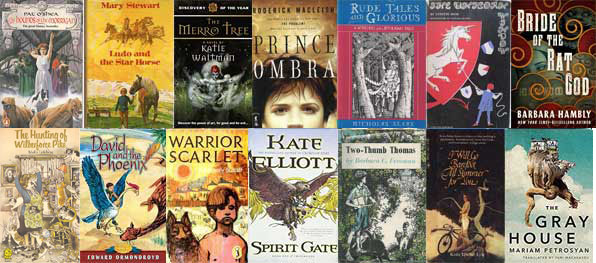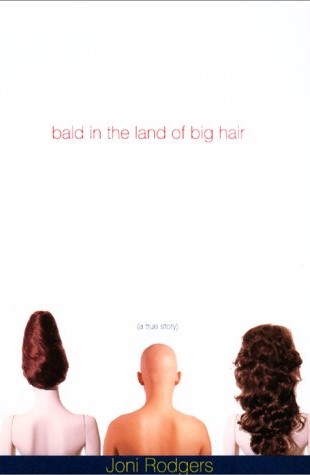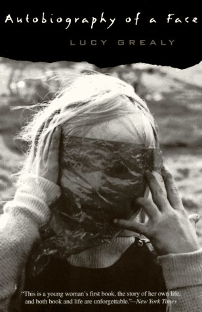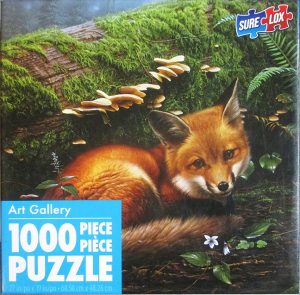 I’m disappointed the box doesn’t name the artist of this puzzle- the picture is really lovely. The puzzle itself, not quite so much. It’s one that has almost no shape variation (two knobs, two indents on every piece), it’s a bit dark and overly shiny so hard to see details or colors on individual pieces until they’re in the puzzle (like the birds in fern one) then they jump out sharp. Except the reddish fox fur, of course! It’s one I bought used, hoping the previous owner was honest when he said there were no missing pieces. Wrong. Bottom corner, four absent. Doesn’t quite bother me enough to make a patch. I can’t decide which was harder to do- all that moss, or the ground with the tiny twigs.
I’m disappointed the box doesn’t name the artist of this puzzle- the picture is really lovely. The puzzle itself, not quite so much. It’s one that has almost no shape variation (two knobs, two indents on every piece), it’s a bit dark and overly shiny so hard to see details or colors on individual pieces until they’re in the puzzle (like the birds in fern one) then they jump out sharp. Except the reddish fox fur, of course! It’s one I bought used, hoping the previous owner was honest when he said there were no missing pieces. Wrong. Bottom corner, four absent. Doesn’t quite bother me enough to make a patch. I can’t decide which was harder to do- all that moss, or the ground with the tiny twigs.

